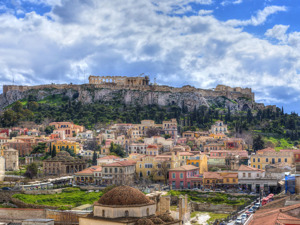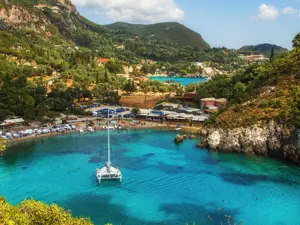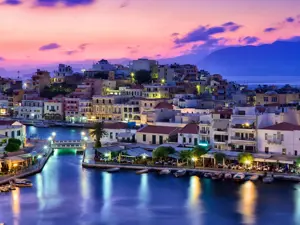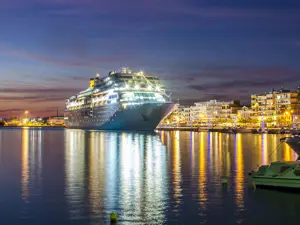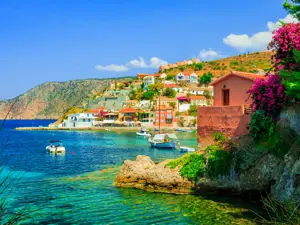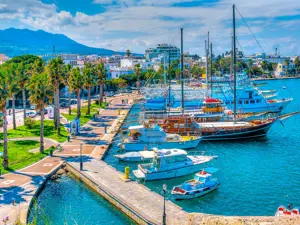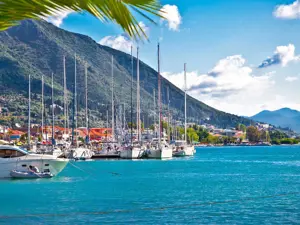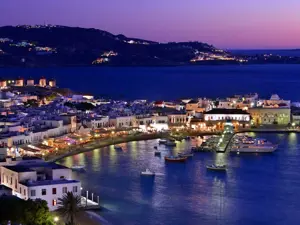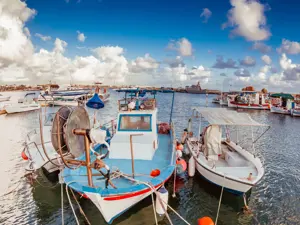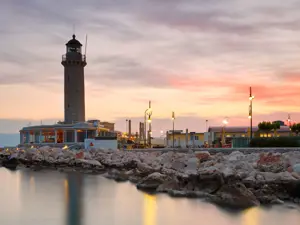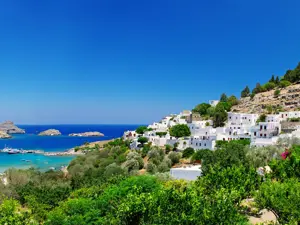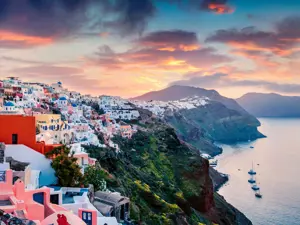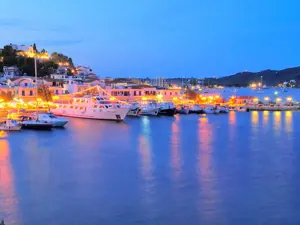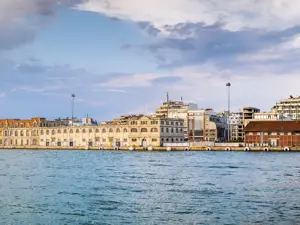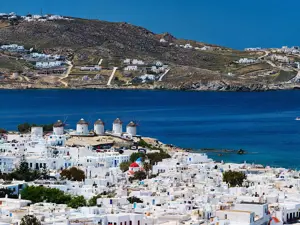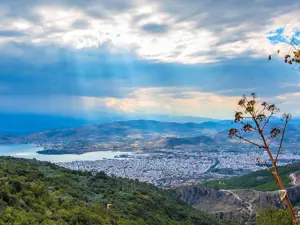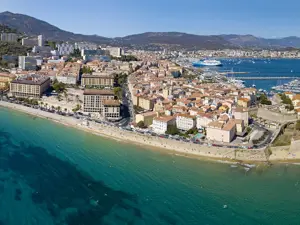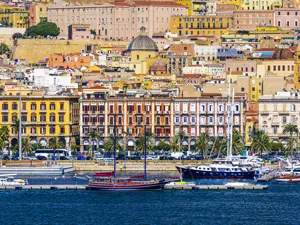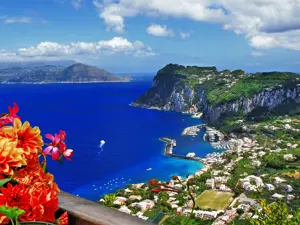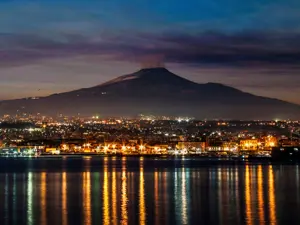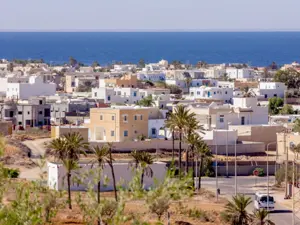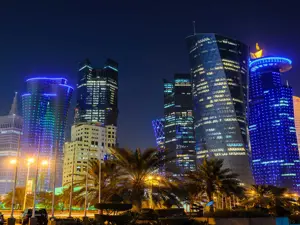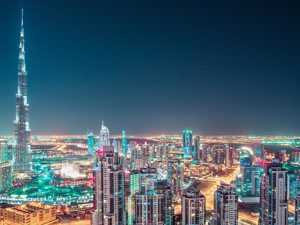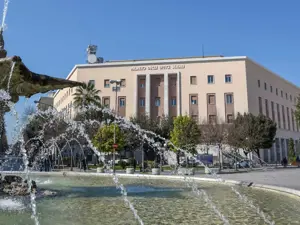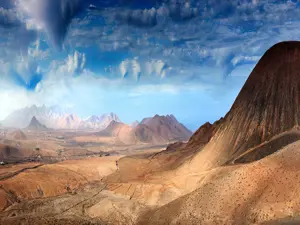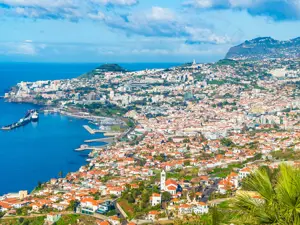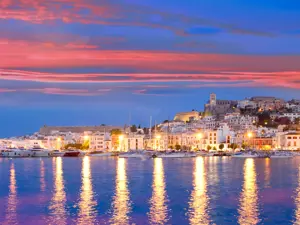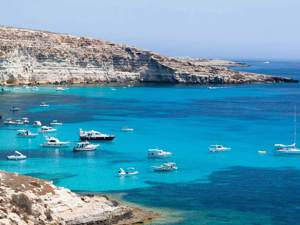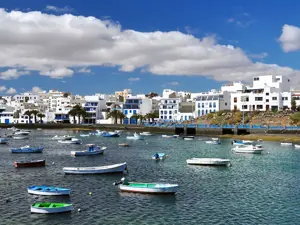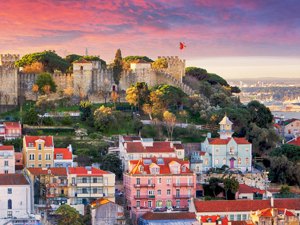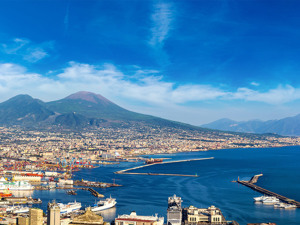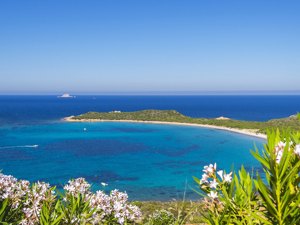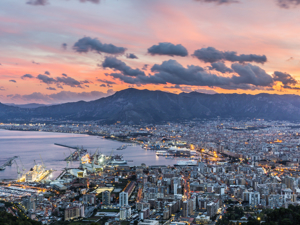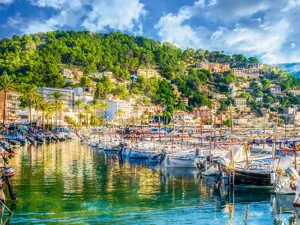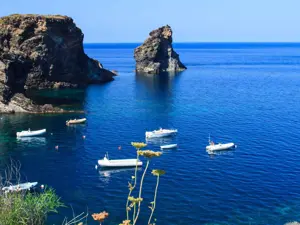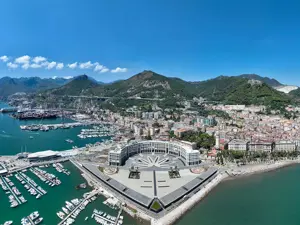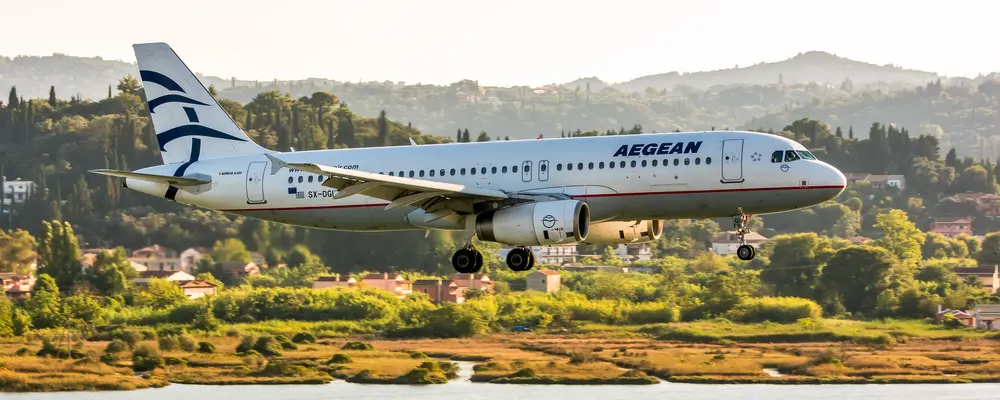The mythological island of the goddess Athena
There are twelve Greek islands scattered in the south-eastern Aegean Sea, which are known as the Dodecanese; but there are also numerous other small ones in the area, each with their own character and history. They all have in common enchanting beaches, a wide variety of landscapes and monuments of extraordinary importance that date back not only to the era of Ancient Greece, but also the Byzantine and Medieval periods.
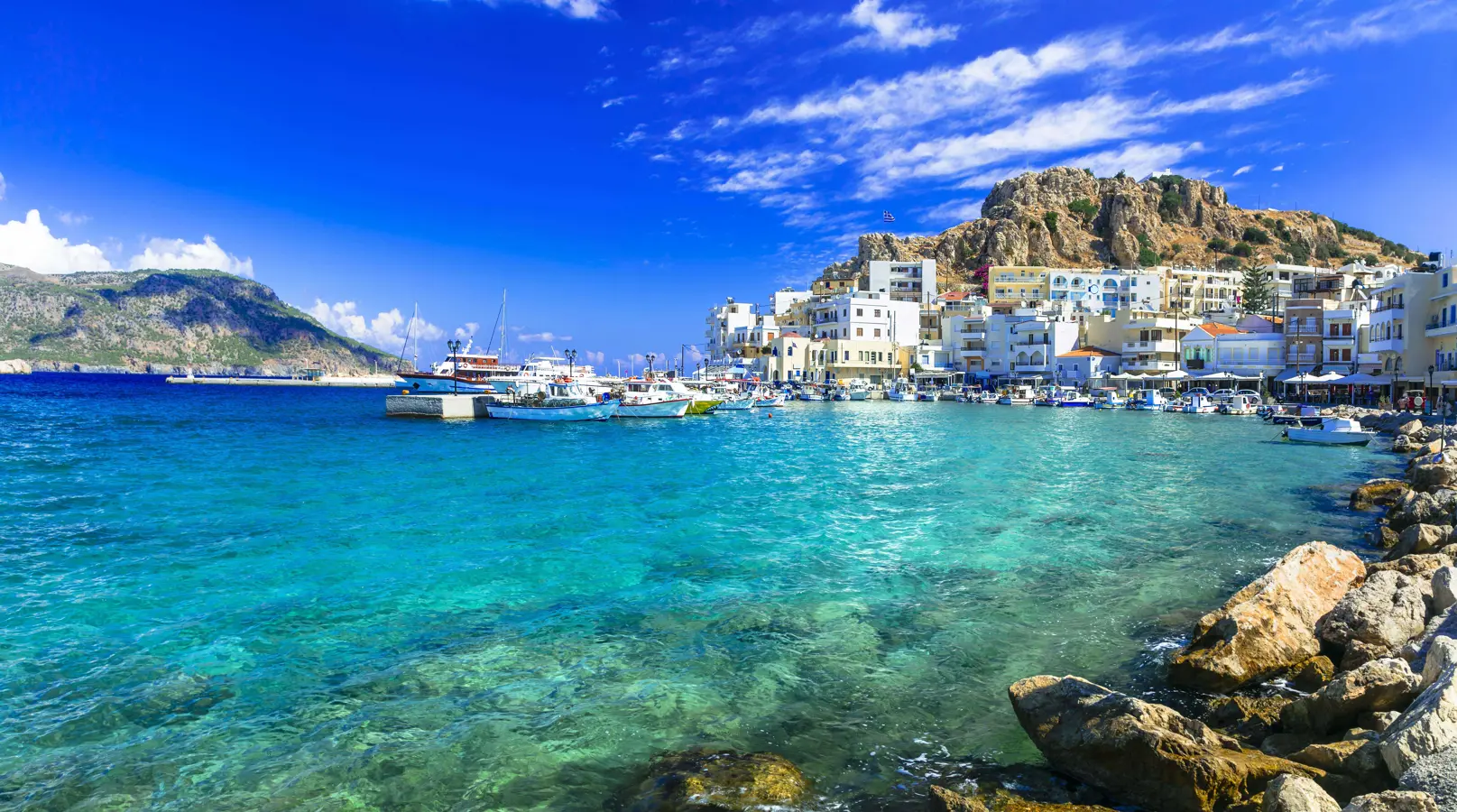
Karpathos. Photos: Sisterscom.com, shutterstock
Karpathos may not be one of the most popular and well-known islands of the archipelago, but, precisely for this reason, it has been able to preserve traditional elements that give it its charm. Here everything is immersed in an ancient past and in mythology: Homer mentioned the island in the Iliad, according to legend Iapetus, a Titan god and son of Uranus (Sky) and Gaea (Earth), lived here and, again according to legend, the goddess Athena was born here from the head of Zeus.
Karpathos is the second largest of the Duodecanese islands
Positioned between the better known islands of Crete and Rhodes, Karpathos is however the second largest of the Duodecanese islands and is rich not only in legends, but also in extensive verdant areas of pine forests, olive groves, vineyards and orchards. It is also surrounded by an unspoilt turquoise-blue sea and a coastline scattered with caves where the rare Mediterranean monk seals live (monachus monachus).
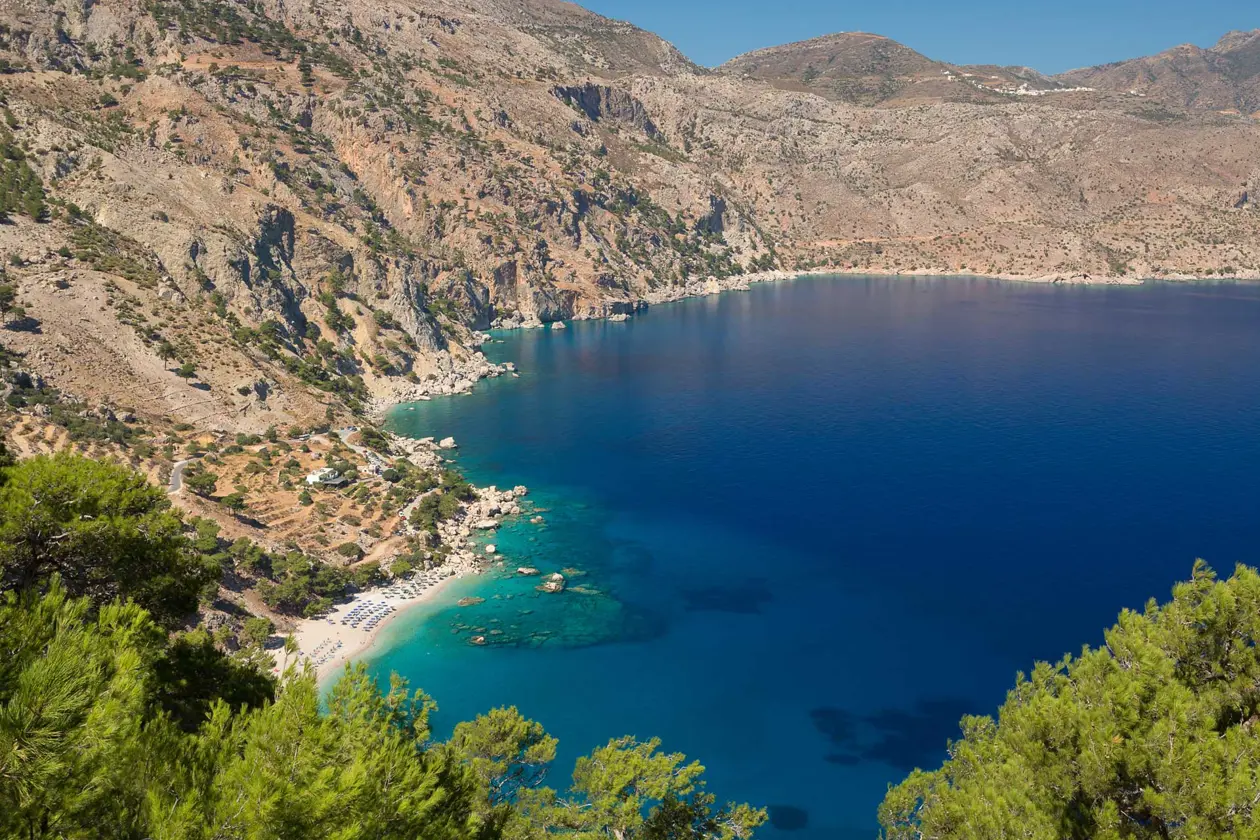
Turquoise sea surrounded by green pine forests. Photos: Sisterscom.com, shutterstock
The chief town and port of the island is Pigadia, which took its name from the many wells (from the Greek pigadia) found in the area. It welcomes tourists with an imposing 23-metre cliff (Vounos) at the entrance of the port and the remains of an ancient acropolis. A striking attraction is Poseidon’s Cave, a monumental tomb dug out of the rock.
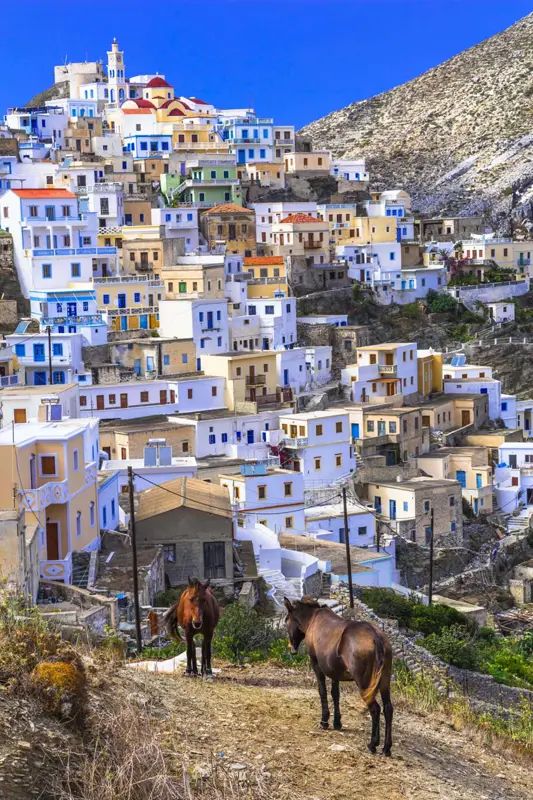
There are many towns and villages that surround the city, places that have been frozen in time
Aperi, for example, a few kilometres from Pigadia, once chief town and cultural centre of the island, built so that it couldn’t be seen from the sea and therefore attacked by pirates, with a nearby hill on which the ancient and panoramic Acropolis of Karpathos is situated.
Othos, perched at an altitude of over 500 metres and a village famous for its traditional feasts and festivals.
Lefkòs, with its extraordinary acropolis.
Messochori, in the centre of the island, with houses that have cobbled courtyards and are decorated with rare fabrics and local hand-made embroidery.
However many people come to Karpathos just to visit Olympos, one of the most beautiful and interesting villages in all of Greece, which was built in natural stone as a defence so that it couldn’t be seen by pirates - a constant danger in the past. The spectacular layout of the houses - in the shape of an amphitheatre so as not to cast shadows on other buildings - is practically unique, and the way of life and beautiful traditional costumes of the inhabitants have remained the same for centuries, making it a living museum. Each family in Olympos still has their own mill and church as they have had for centuries.
The Village of Menetès is famous for being the birthplace of many players and constructors of the Karpathos lyre, an instrument much loved since the times of ancient Greece. Here, the Church of the Dormition of the Mother of God, the most famous of the island, can be found, as well as the small Byzantine churches of Agios Mammas and Agios Antonios.
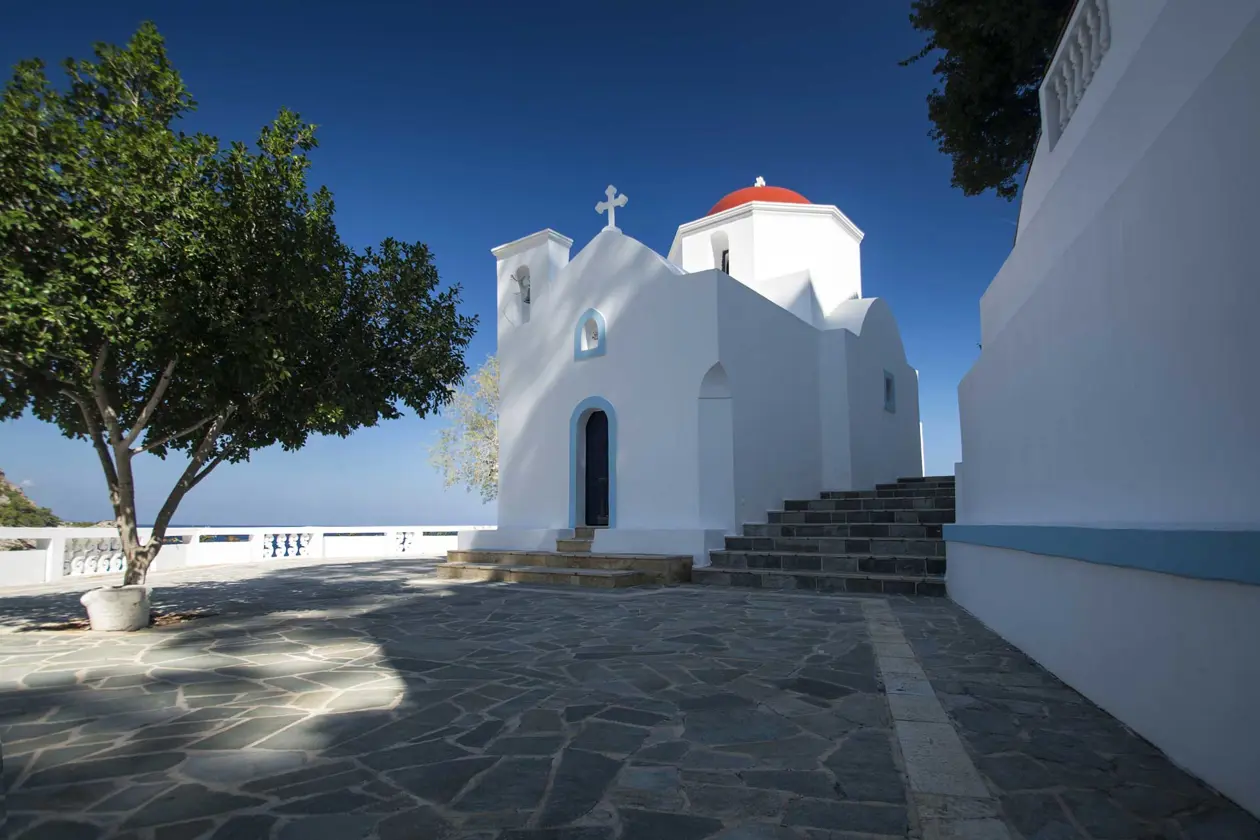
The Village of Makris Gialos instead attracts surfers because of its beaches and favourable winds (in Homer’s era Karpathos was known as Anemoessa meaning gusts from the winds, including the Meltemi, especially during the summer months).
Karpathòs: natural oasis, refuge of the monk seal
Karpathos was once joined to Saria, a small uninhabitedisland and today a good place for spotting numerous birds of prey, as well as the Mediterranean monk seal.

After a trip under the scorching Mediterranean sun, all that remains is to sit at one of many typical cafeterias to sip, perhaps with a few locals, a cup of Greek coffee, a glass of retsina, the local white wine flavoured with pine resin, or an ouzo, an aniseed liqueur widely found throughout Greece, served with ice.
Text by Anna Glik
Update text by Alisè Vitri
Avion Tourism Magazine
Photos: Copyright © Sisterscom.com, shutterstock
Photos: Copyright © Sisterscom.com, shutterstock
Tourism Board
www.visitgreece.gr
www.karpathos.gr
Partnership with Booking.com
Where to sleep in Karpathos
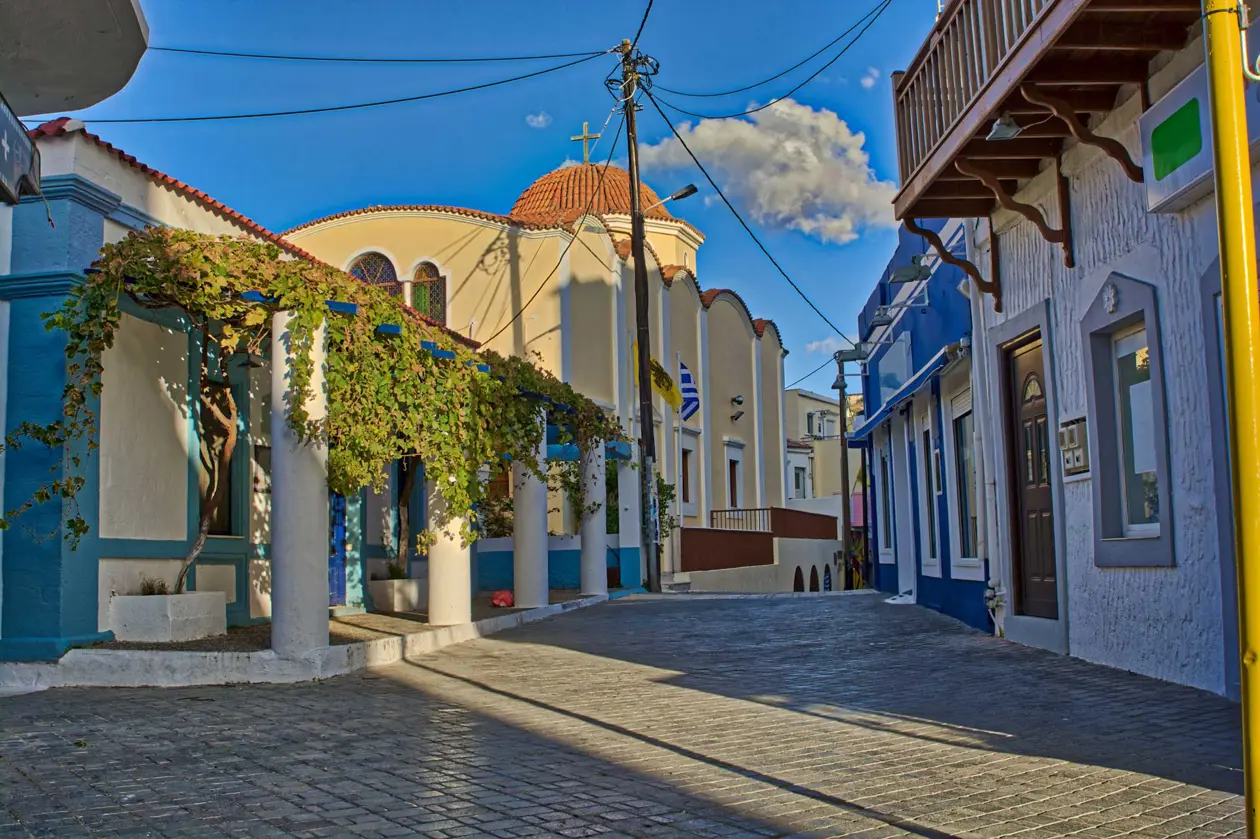
Karpathos. Photos: Sisterscom.com, shutterstock
Karpathòs is a welcoming city and offers different possibilities for accommodation.
To find the ideal hotel and the best offers you can do a search for the stars but also for village or landmarks.
WHERE TO GO in Karpathòs
Tours and excursions in Karpathòs
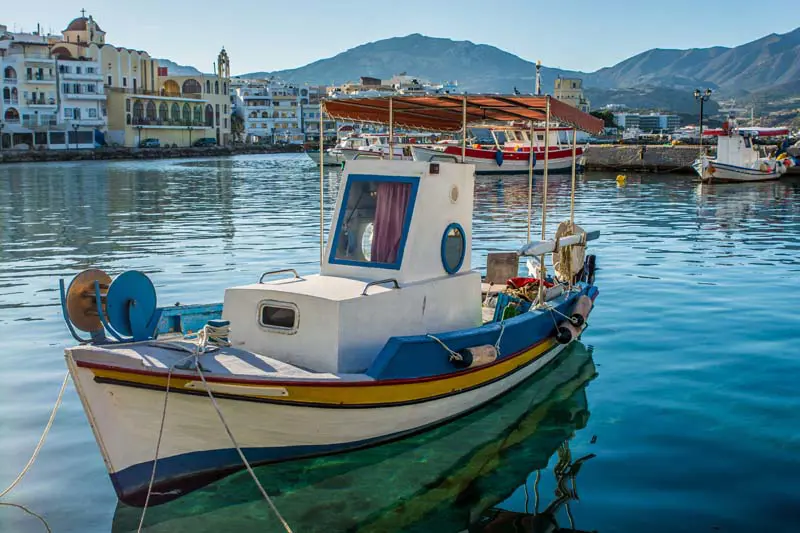
Photos: Sisterscom.com, shutterstock
PIGADIA
Pigadia is the capital and port of the island of Karpathos with a population of 2,100. It was named after the considerable number of wells that used to exist in the area. It is a relatively new town, built in the south-est part of the island, on the location of Poseidio (or Potidaio), the island’s ancient Port. Inside of the Eparcheio, constructed by the Italians, it is possible to visit a information centre on the Mediterrenean monk seal and an open-air museum with finds referring to the island’s history.
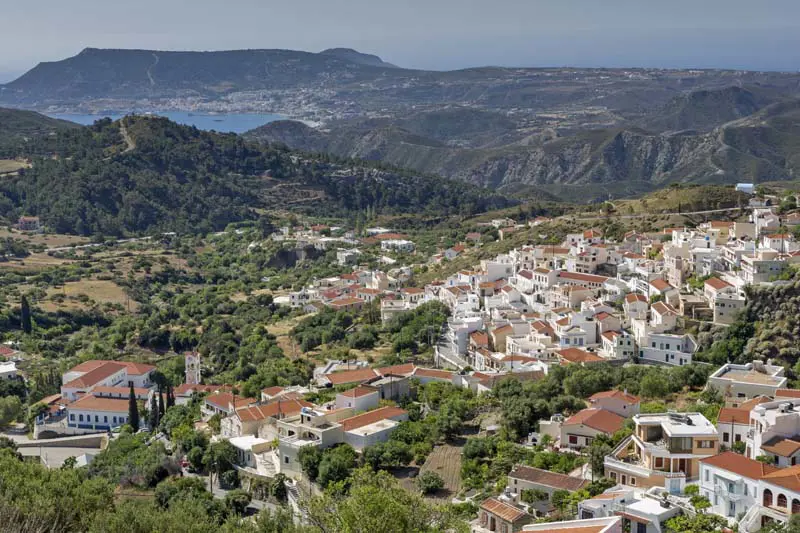
Photos: Sisterscom.com, shutterstock
APERI
Aperi is a small prosperous village, counting 470 inhabitants, built at 320 metres above sea level, in such a way as to remain unseen from the sea and therefore protected against pirate raids. In earlier times, it was the island’s capital as well as a cultural centre: hence, its name, Aperi, which means “capital town” (apergi) in Turkish. Distance from Pigadia is 8 km north-west.
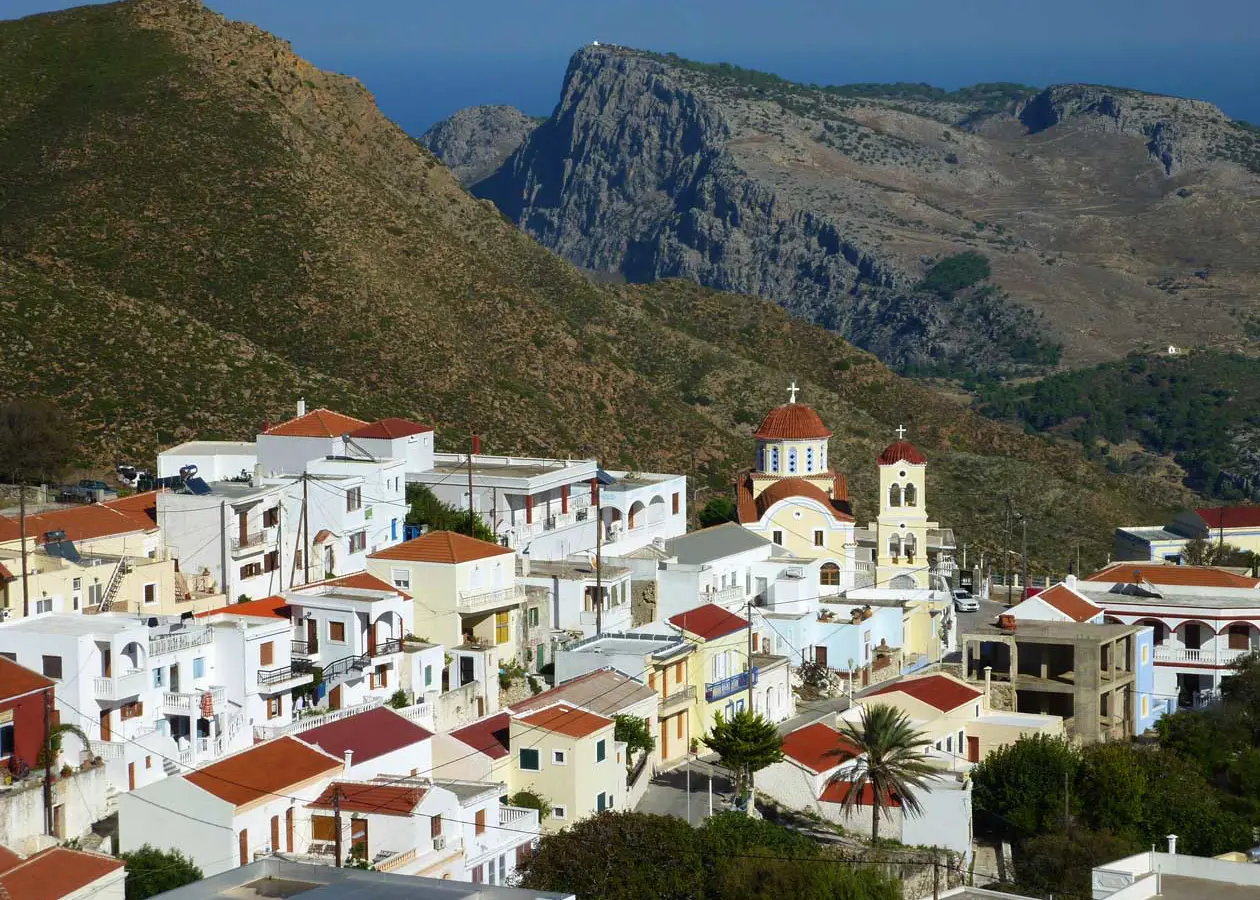
Photos: Sisterscom.com, shutterstock
OTHOS
Othos has been built at 510 m. above sea level. A worthwhile visit would be to the Folk Art Museum where you will see a replica of a traditional local house. The village is well known for the traditional celebrations organised here. It is worth joining Agios Panteleimon feast (July 26th -28th) as well as Agios Georgios Methystis feast (November 3rd).
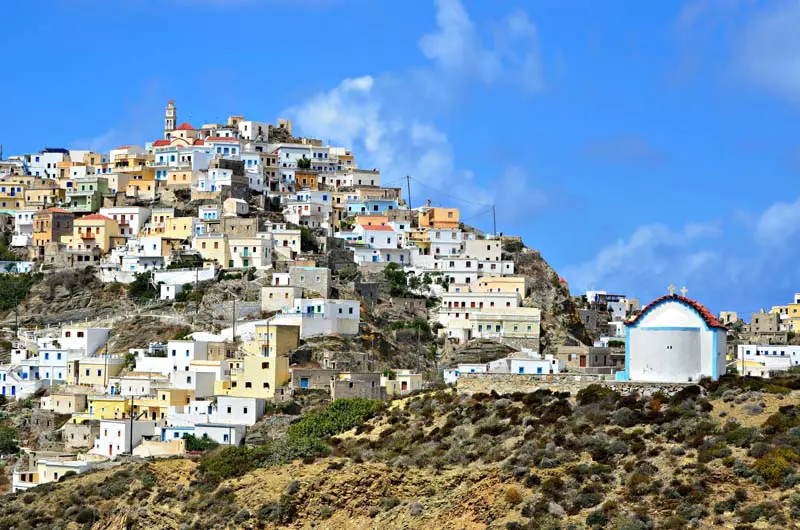
Photos: Sisterscom.com, shutterstock
OLYMPOS
Many tourists come to Karpathos just to visit Olympos, one of the most beatiful and interesting villages in Greece. The village was founded in the 15th century amidst wild nature. The houses are built following an amphitheatre-like shape and in such a way that no house may cast its shadow on the next one. The locals live the way they have lived for centuries: they dress in the old way and talk in their own centuries old dialect. Each family has its own mill and its own church! The entire village is a living ethnological museum, a sight not to be missed. Distance from Pigadia: 57.5 km north.
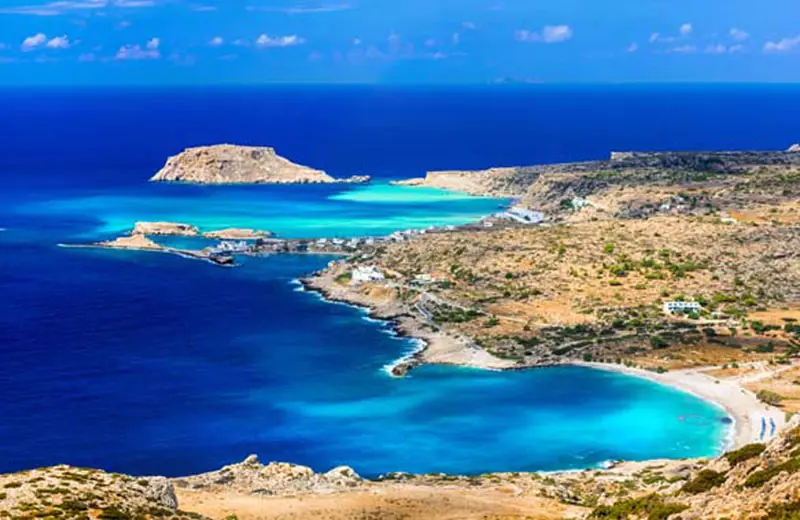
Photos: Sisterscom.com, shutterstock
LEFKOS
Lefkos is a picturesque, seaside village surrounded by a small pine grove and a beautiful, much frequented beach. It is possible to visit the Acropolis on “Pelekito” location where you will see parts of the walls and mosaics as well as the 13th century Agios Georgios Chapel. Another site worth visiting is Sokastro, an islet that had once been a peninsula, where there are Byzantine and medieval ruins. It is said that the byzantine Emperor Nikiforos Fokas used it as a base of operations. Distance from Pigadia: 31 km north-west.

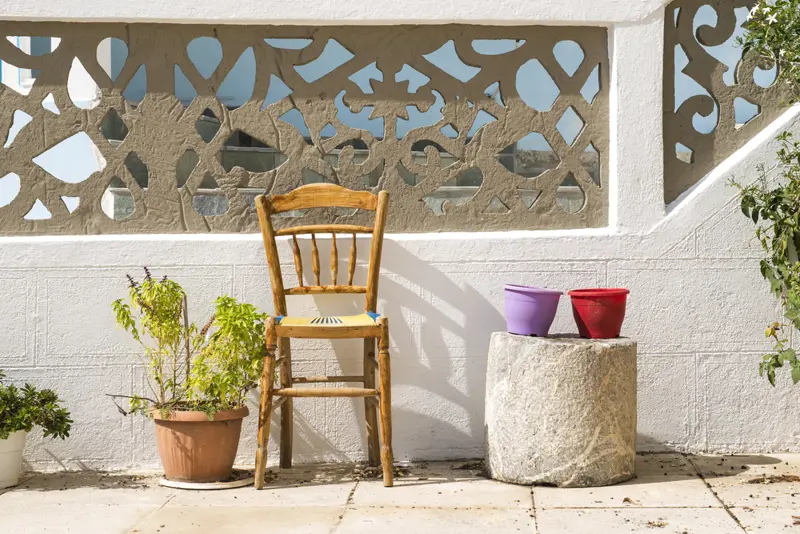
Photos: Sisterscom.com, shutterstock
MESSOCHORI
Messochori is built in the centre of the island with cobblestone streets and traditionally built houses of Karpathos with pebble-paved yards. The houses interiors resemble small museums decorated as they are with local rare handwoven fabrics and embroideries. Distance from Pigadia: 34 km north-west.
Discover all tours
You might be interested in
Other destinations
Airports nearby Karpathos


